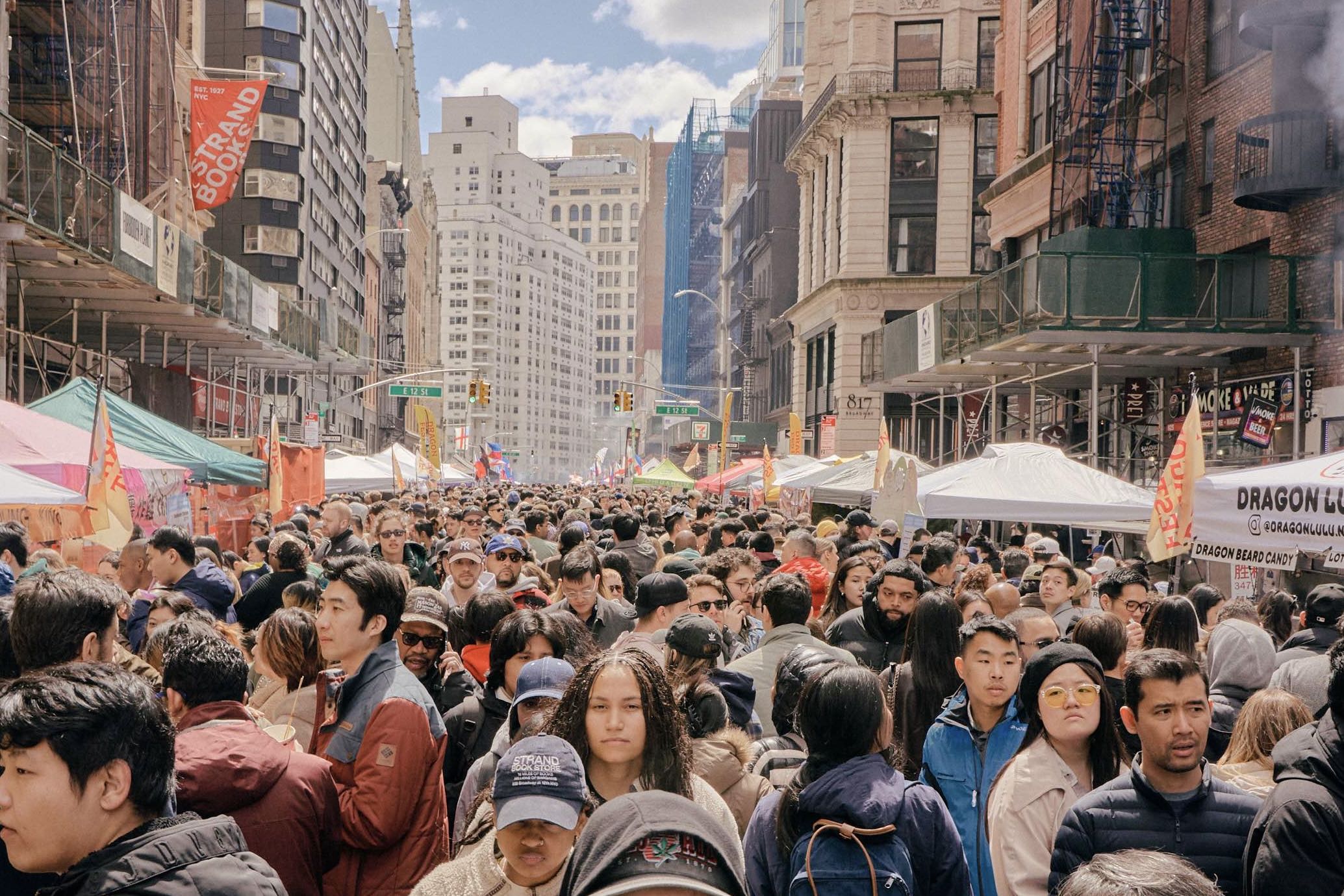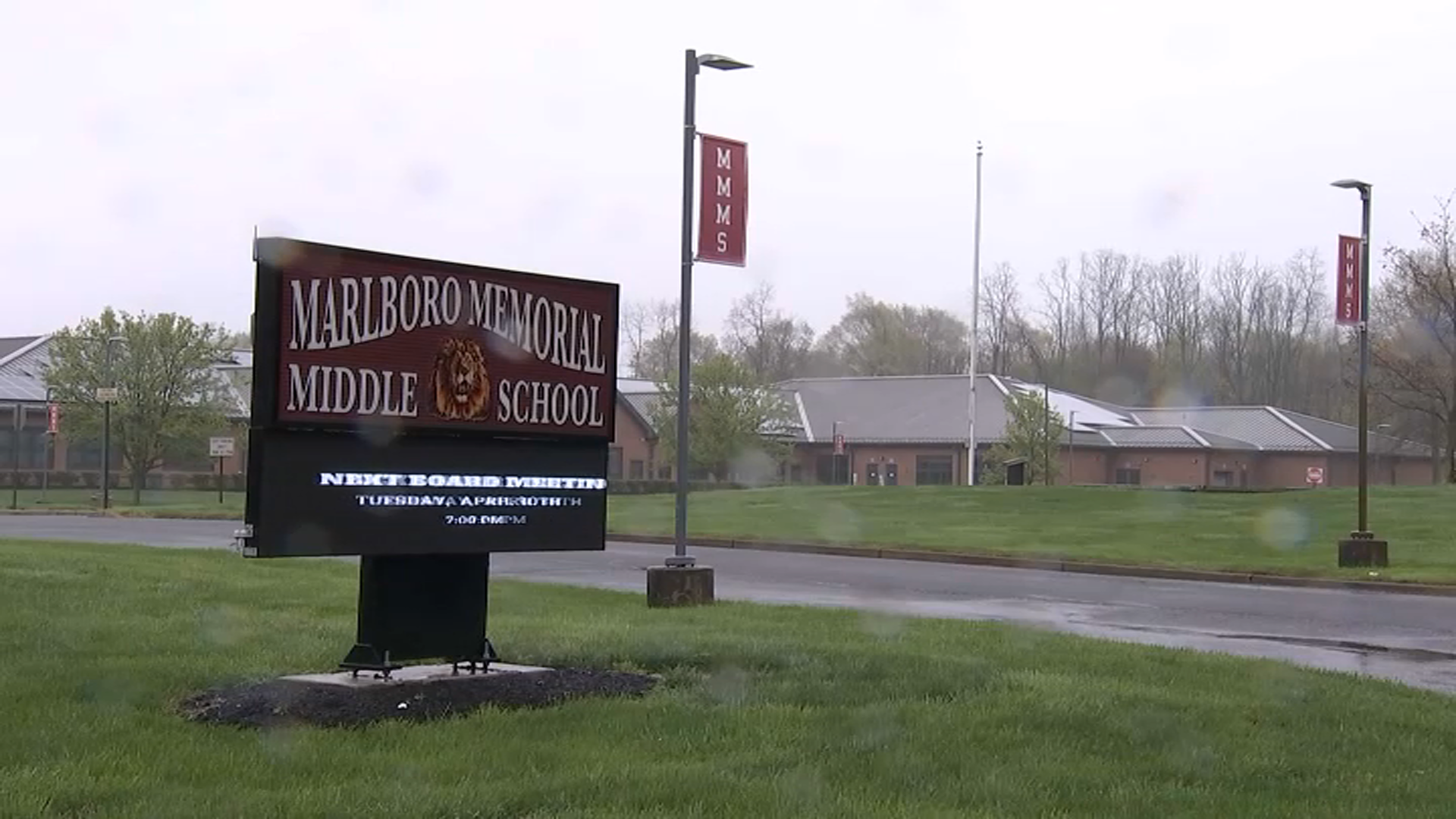What to Know
- The public can weigh in on a plan for New York to spend over $50B on commuter infrastructure projects over the next five years
- New York's Democratic-led state Legislature is holding a hearing Tuesday at the Assembly hearing room in New York City
- The plan includes $51.5B of investments in subways, buses and commuter railroads, as well as $3.3B for investments in bridges and tunnels
Protesters filled the lobby of MTA headquarters Tuesday, rallying against the MTA's proposal to limit a popular pilot program for some New Yorkers with disabilities.
Dozens chanted "on demand now" inside the Manhattan building Tuesday afternoon, as the transit agency proposed rationing the on-demand Access-A-Ride program amid its proposed $50 billion capital plan.
Local leaders and advocates are urging the agency to expand rather than ration the on-demand Access-A-Ride pilot program. The e-hail service was introduced as a pilot program in 2017, and was initially supposed to be for 200 people.
The program currently offers 1,200 people with limited mobility unlimited access trips for $2.75. While the MTA said it is looking to expand the program to 2,400 riders, it also wants to cap it to just 16 rides per month with customers paying the remainder of the rides after reaching $15.
MTA Chairman Pat Foye — who said he wants to model the on-demand service after the ones offered in cities like Boston, Chicago and Washington, D.C. — said the move comes down to balancing costs and expenses, but opponents called the move unfair to those who rely on it.
Foye also said on Tuesday that the agency wants the city to start paying more into the program. The MTA wants the city to cover half the costs for paratransit rides; currently, NYC pays for about a third of the costs.
In a letter to the city, Foye said it is "no longer sustainable for us to shoulder this disproportionally inflated share of growing operating expenses," adding that paratransit ridership has ballooned from just 25,000 people in 1994 to 159,000 this year.
A representative for City Hall told NBC New York that "New Yorkers already contribute their required share to the paratransit program."
The protest came as the Democratic-led state Legislature held a hearing Tuesday at the Assembly hearing room in New York City, allowing the public to weigh in on the spending plan for commuter infrastructure projects.
The Metropolitan Transportation Agency's plan comes as it faces scrutiny over the performance of its subway and calls to modernize the system. However, stats from October show that more trains have been running on time compared to this time in 2018.
In October 2019, subways ran on time over 81 percent of the time — which is up from 65 percent in October 2018. That marks the fifth consecutive month that on-time performance has been above 80 percent, an improvement the MTA attributes to the subway action plan.
Democratic Senate Majority Leader Andrea Stewart-Cousins says the MTA's massive new plan will improve the lives of riders.
Local
The plan includes $51.5 billion of investments in subways, buses and commuter railroads, as well as $3.3 billion for investments in bridges and tunnels.
The MTA board approved the plan Sept. 25 and it now awaits approval from a board of elected officials including Democratic Gov. Andrew Cuomo.
Elsewhere for the MTA, the agency announced that they plan on expanding their new cardless payment system.
OMNY, which has already been used by three million commuters from 112 countries after it debuted at 16 subway stations and on Staten Island buses, is set to be added to even more stations in December, according to the MTA.
The agency said it plans on having the entire subway system equipped with the OMNY system over the next 12 months.
The system uses a feature which allows riders to simply tap their phones or enabled credit cards (similar to tap-and-go features retailers and other businesses like cabs use) before going through the turnstiles or boarding the bus.
For those concerned about the change, MetroCards will be still be in use until 2023. The benefit to switching over to the tap-based system, the MTA says, will be especially apparent with tourists and visitors to the city, who won't have to buy a MetroCard and struggle to swipe through, causing lines to form — something every New Yorker has seen.
At the moment, OMNY only works with full-fare rides, meaning riders wouldn't get the discounts given when purchasing weekly or monthly passes.
The MTA also plans on eventually offering an OMNY fare card to commuters who don't have a smartphone or credit card.



